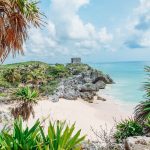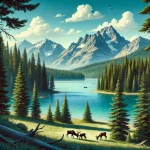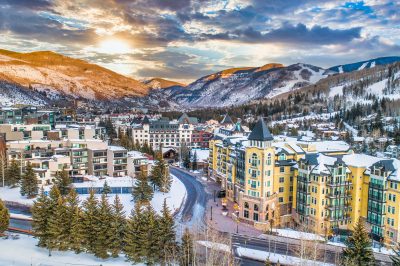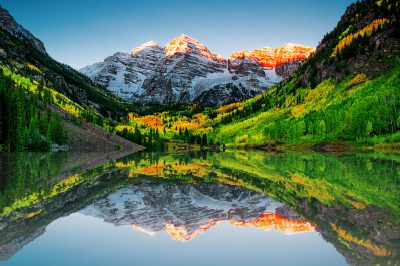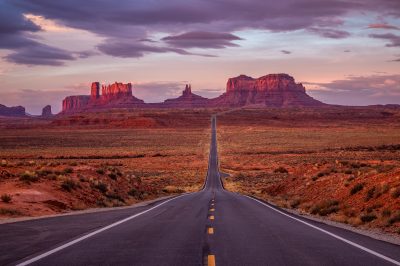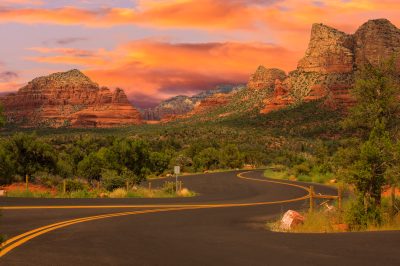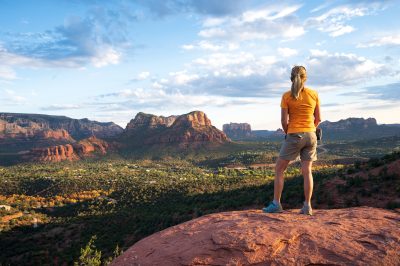The United States is home to a remarkable array of natural wonders that have been meticulously preserved for the enjoyment and appreciation of current and future generations. These pristine landscapes, collectively known as US national parks, showcase the country’s extraordinary biodiversity, geological formations, and cultural heritage. From the breathtaking vistas of the Grand Canyon to the ancient forests of Olympic National Park, each park offers a unique experience. In this article, we will delve into the significance of US national parks, their diversity, and some of the most iconic parks that deserve a place on everyone’s bucket list.
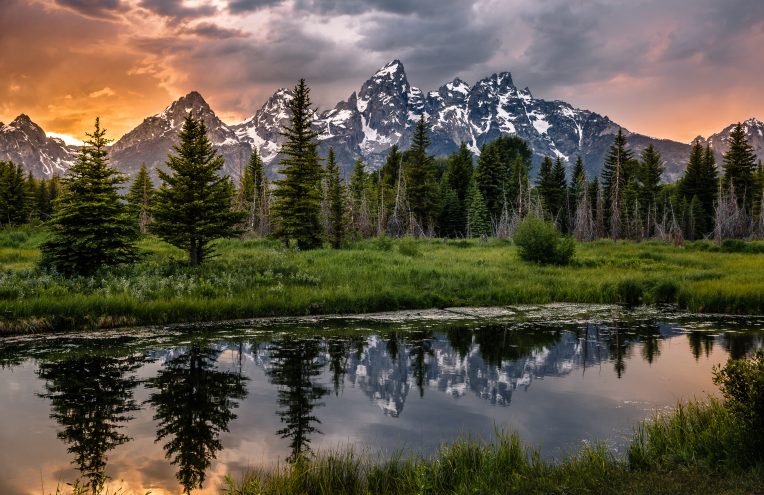
The Significance of US National Parks
US national parks hold immense significance on multiple levels. First and foremost, they act as custodians of nature, preserving fragile ecosystems and protecting endangered species. These parks serve as invaluable outdoor classrooms, offering opportunities for research, education, and environmental awareness. They also provide recreational activities such as hiking, camping, and wildlife spotting, promoting physical and mental well-being for millions of visitors annually.
Moreover, national parks play a vital role in fostering a sense of national identity and pride. They are a testament to the nation’s commitment to conservation and sustainable practices. Through their awe-inspiring landscapes, national parks encourage a connection with nature and an appreciation for the earth’s inherent beauty. These protected areas also contribute significantly to local economies by attracting tourism, creating jobs, and supporting nearby communities.
Diversity in US National Parks
The US national park system boasts an astonishing diversity of landscapes, each with its distinct geological formations, flora, and fauna. From the rugged mountain ranges of Rocky Mountain National Park to the coastal wonders of Acadia National Park, there is something to captivate every nature enthusiast.
Yellowstone National Park, the world’s first national park, is famous for its geothermal features, including the iconic Old Faithful geyser. It is also home to abundant wildlife such as grizzly bears, wolves, and herds of bison and elk. Yosemite National Park, renowned for its towering granite cliffs and magnificent waterfalls like Yosemite Falls, is a rock climber’s paradise.
The Everglades National Park in Florida is a sprawling wetland teeming with a rich variety of bird species, alligators, and elusive panthers. Further west, the Great Smoky Mountains National Park straddles the border between North Carolina and Tennessee, boasting unparalleled biodiversity with over 1,600 plant species.
Other notable parks include Glacier National Park, famous for its glaciers and pristine lakes; Zion National Park, featuring majestic sandstone cliffs and narrow canyons; and the picturesque Grand Teton National Park, showcasing the jagged peaks of the Teton Range.
US national parks are a testament to the nation’s commitment to preserving and showcasing its natural and cultural heritage. These protected areas not only offer stunning landscapes and thrilling outdoor adventures but also play a crucial role in fostering environmental stewardship and promoting ecological awareness. By supporting and visiting these national treasures, we ensure that future generations will continue to benefit from the awe-inspiring wonders they hold. So, lace up your hiking boots, pack your camera, and embark on an unforgettable journey through the diverse landscapes of US national parks—an experience that will leave you inspired, rejuvenated, and connected to the beauty of the natural world.

